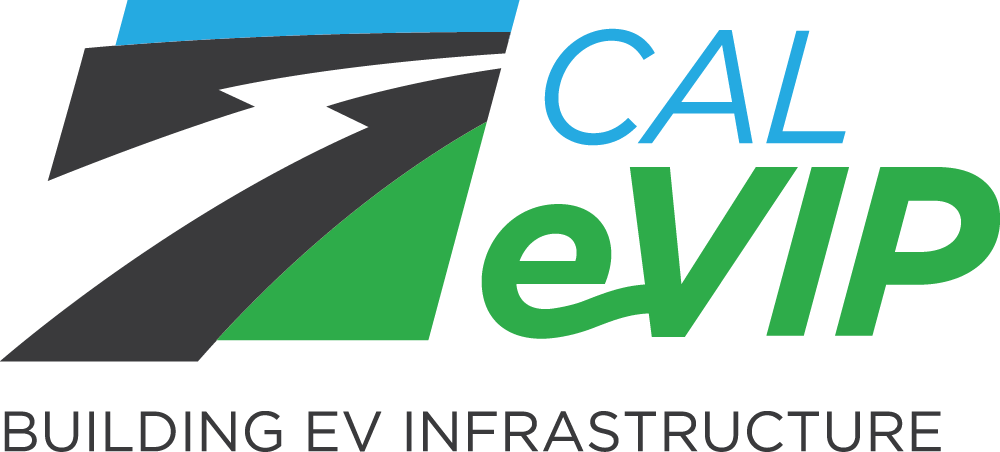About
Frequently Asked Questions
General
For CALeVIP 1.0 projects, disadvantaged communities (DACs) are identified in the California Communities Environmental Health Screening Tool CalEnviroScreen Version 3.0 as developed by the California Environmental Protection Agency’s Office of Environmental Health Hazard Assessment. Census tracts in the top 25 percent of CalEnviroScreen 3.0 scores are eligible for the increased rebate.
CALeVIP 2.0 projects will use the California Communities Environmental Health Screening Tool CalEnviroScreen Version 4.0 identification. Census tracts in the top 25 percent of CalEnviroScreen 4.0 are eligible site types for CALeVIP 2.0.
These communities are disproportionately burdened by multiple sources of pollution. To learn more, visit the CalEnviroScreen website.
Low-income communities (LICs) are the census tracts, respectively, that are either at or below 80 percent of the statewide median income, or at or below the threshold designated as low-income by the California Department of Housing and Community Development's (HCD) Designated Income Limits.
CALeVIP 1.0 incentive projects use the HCD 2016 State Income Limits. Find these income limits on the Priority Populations Investment 3.0 webmap.
CALeVIP 2.0 incentive projects will use the HCD Revised 2021 State Income Limits. Find these income limits on the Priority Populations Investment 4.0 webmap.
Charger/installation site types refer to the following:
- New: No electrical infrastructure is in place. Conduit installation is acceptable.
- Stub-out: Includes at least 2-inch minimum spare conduit run with pull rope that is sized, installed and located per the National Electrical Code for future installation of wiring supporting up to a 480-volt AC, 4-wire, 125-kilowatt (kW) load.
- Replacement/Make-ready: Existing site wired with all the electrical infrastructure needed to support the installation of EV charging.
